International
A third total blackout in Cuba in three days thwarts attempts to recover the service
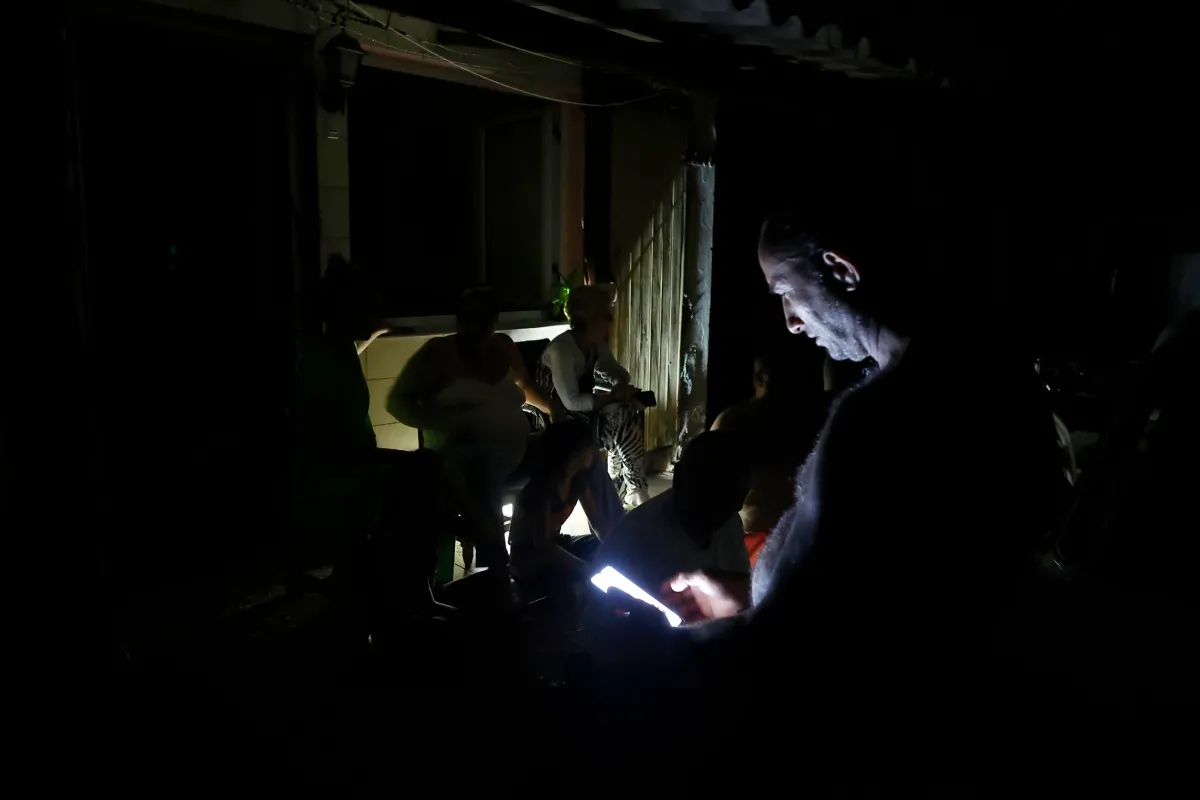
The third total blackout of Cuba’s National Electric System (SEN) in less than 72 hours has once again frustrated this Sunday attempts to restore a basic service that collapsed three days ago after weeks of exacerbation of an energy crisis that has been brewing for years.
“At this moment, steps are being taken to restore the connection,” Félix Estrada, director of the national cargo office of the company Unión Eléctrica, told state television.
The manager of the state company explained that a strategy is currently being followed to reorganize the country’s electricity generating units by regions and then carry out their start-up.
He said that the objective is to restore the SEN connection in the shortest possible time to gradually restore the service of the approximately ten million inhabitants of the island.
Cause of the third blackout in Cuba
He recalled that the cause of this third blackout occurred due to a “transmission failure” when it had been possible to connect in the same subsystem to Mariel (west) and Holguín (east), separated by more than 600 kilometers.
The first total fall of the system that left the country in “zero national energy coverage” was recorded last Friday, after an “unforeseen” exit from operations of the Guiteras thermoelectric plant, considered key to the stability of the SEN.
This Saturday, the actions carried out to re-energize and recover the SEN failed again, which caused the second total disconnection, and in the last hours of that day the subsystem that had been created in the western half of the island collapsed, so the work had to start again.
The Minister of Energy and Mines, Vicente de la O Levy, acknowledged this Sunday in an appearance that the situation in the electricity system is “very tense.”
Precarious state
But he said that the Government aspires for the SEN to recover within two days the state it had before the first massive blackout and that consequently most consumers will have light again “tomorrow Monday” and that “the last customer may perhaps be receiving (current) next Tuesday.”
The SEN is in a very precarious state due to the shortage of fuel – the result of the lack of foreign exchange to import it – and the frequent breakdowns in obsolete thermoelectric plants, with four decades of operation and chronic lack of investments.
Stocks have been common for years but the situation has worsened in recent weeks. In recent days, days have been recorded with maximum affectation rates of more than 50%, that is, moments when half of the country was simultaneously without electricity.
Affected economy
The frequent blackouts damage the Cuban economy – which in 2023 contracted by 1.9% and boost social discontent in a society affected by an aggravated economic crisis in recent years.
They have also been the trigger for anti-government protests, including those of July 11, 2021 – the largest in decades – those in Nuevitas and Havana in August and September 2022, and those of last March 17 in Santiago de Cuba (east) and other locations.
The last time a similar situation of “zero production” occurred was in September 2022, after the passage of Hurricane Ian with category three through the extreme east of the island. This caused a serious mismatch and the recovery took days.
International
Petro expresses concern over fatal shooting during mass protests in Lima
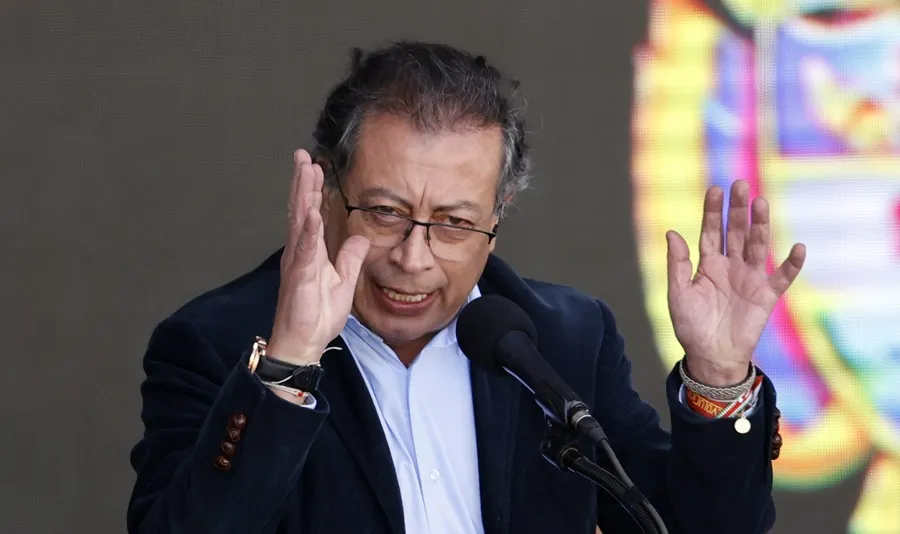
Colombian President Gustavo Petro voiced his “concern” on Thursday over recent events in Peru, following the death of a protester reportedly shot during a massive demonstration in Lima against the government and Congress.
“I must express my concern over the events in Peru. A young artist has been killed in citizens’ protests,” Petro wrote on X (formerly Twitter).
The Colombian leader also noted that in Peru, “a popularly elected president remains imprisoned without conviction,” referring to Pedro Castillo, who led the country from July 2021 to December 2022 until he was removed by Congress following a failed attempted coup.
“This is a blatant violation of the American Convention on Human Rights,” Petro stated, adding, “I hope Peru seeks social and political dialogue to legitimize its public institutions.”
On Wednesday, Peru experienced widespread protests in several cities, with the largest demonstration in Lima in recent years, driven by citizens’ concerns over corruption and public insecurity.
During the capital’s mobilization, the Ombudsman’s Office confirmed the death of Eduardo Ruiz, 32, and reported clashes that left over 100 injured, including 78 police officers and 24 protesters, as well as ten arrests.
The Attorney General’s Office, investigating Ruiz’s death “in the context of serious human rights violations,” confirmed that the protester was shot.
International
Peru’s interim president José Jerí refuses to resign after protester’s death in Lima
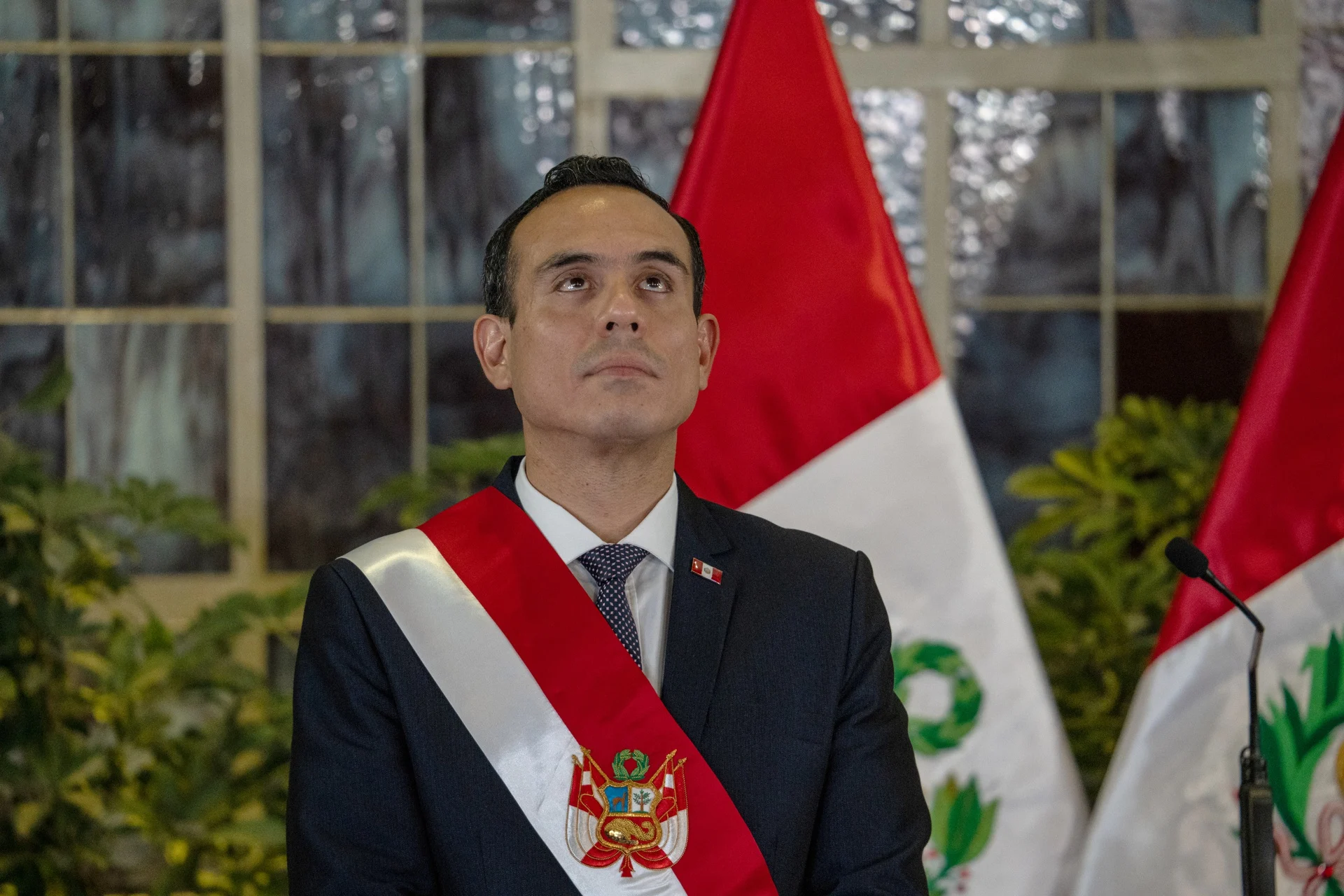
Peru’s interim president, José Jerí, stated Thursday that he has no intention of resigning from the post he assumed last Friday, following the removal of former president Dina Boluarte, despite growing unrest over the death of a protester during massive demonstrations in Lima on Wednesday.
“I will not resign,” Jerí declared outside the Government Palace in Lima, where he returned on foot after making a surprise visit to Congress headquarters alongside Prime Minister Ernesto Álvarez.
Earlier, after leaving the Legislative Palace, the president acknowledged that the country is going through “difficult times” and condemned what he described as “a small group attempting to impose an agenda different from the citizens’ expression of discontent.”
Jerí expressed condolences for the death of Eduardo Ruiz, a 32-year-old man who died during Wednesday’s protest against the government and Congress, amid growing anger over corruption and insecurity.
“We stand in solidarity with his family,” he said, without offering further details about the incident, which has sparked outrage among Peruvians.
The president also described the demonstrations as “a legitimate civic expression” that later turned violent due to “certain groups seeking to provoke chaos by exploiting a peaceful citizen movement.”
“In a state governed by the rule of law, the rights of both demonstrators and security forces must be protected,” Jerí emphasized, adding that “as a result of that situation, this unfortunate death occurred outside the main area where the protest was taking place.”
International
Mexican government prioritizes 191 communities after deadly floods
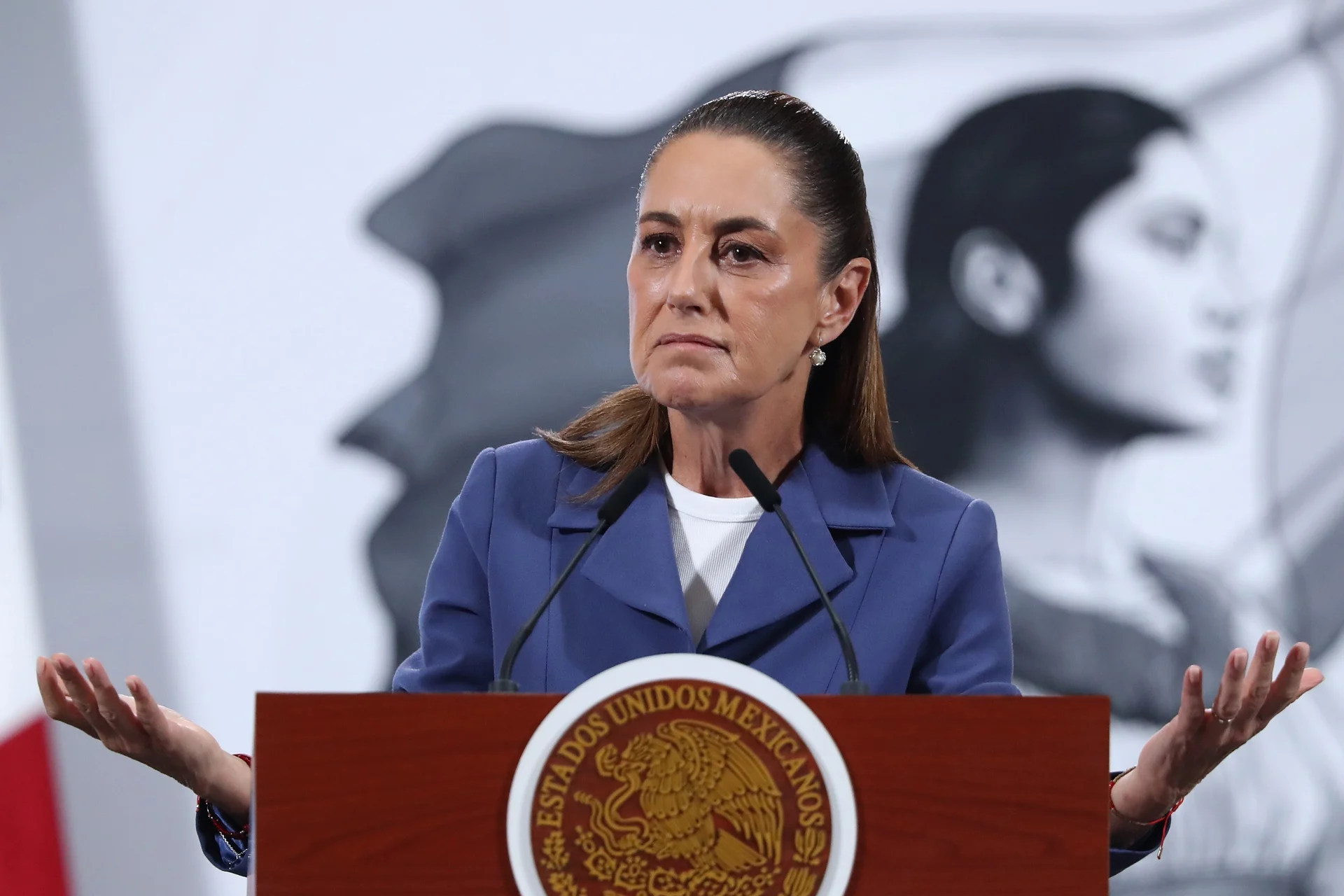
Mexican President Claudia Sheinbaum confirmed on Wednesday that the death toll from recent rains and floods across several central states has risen to 66, while the federal government has activated air bridges and prioritized assistance in 191 isolated communities.
“Unfortunately, 66 people have died, and 75 remain missing,” the president said during her morning press conference. She added that the official death toll will be updated later in a new report.
As of Tuesday, authorities had reported 64 fatalities. Sheinbaum also announced the creation of a public information center to centralize official data on the deceased, missing persons, damaged homes, and cut-off communities.
According to the president, the number of missing persons has decreased thanks to coordination with state authorities.
“Through calls to phone line 079, 103 people who had been reported missing have now been located,” she explained.
Priority Municipalities
The president noted that the federal government has classified 191 communities as ‘priority’, a designation based mainly on the percentage of homes affected.
-
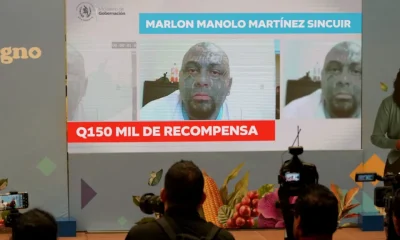
 Central America3 days ago
Central America3 days agoGuatemala arrests first escaped gang member after Barrio 18 prison break
-
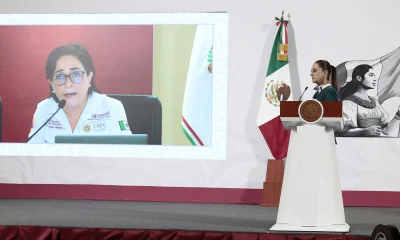
 International3 days ago
International3 days agoMexico reports 64 dead, 65 missing after devastating central region floods
-
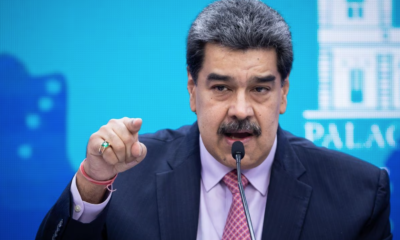
 International3 days ago
International3 days agoVenezuela calls for continued global pressure to secure ‘just peace’ for Palestine
-
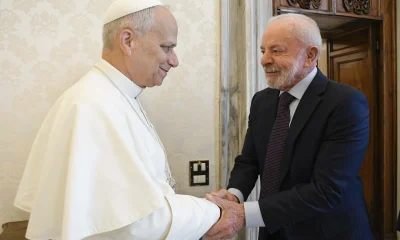
 International3 days ago
International3 days agoPope Leo XIV to skip COP30 in Brazil but plans future visit, Lula confirms
-
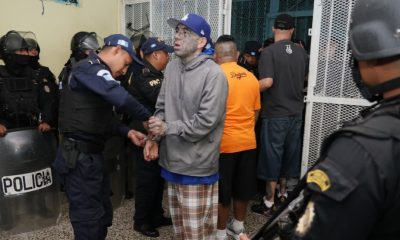
 Central America4 days ago
Central America4 days agoFraijanes II prison in Guatemala reports gradual escape of 18th Street gang inmates
-
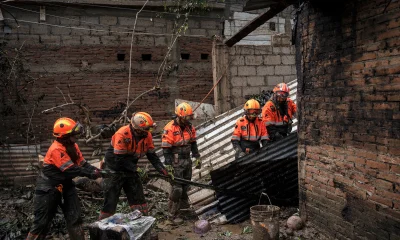
 International2 days ago
International2 days agoSheinbaum: Urgent to restore access to towns cut off by heavy rains
-
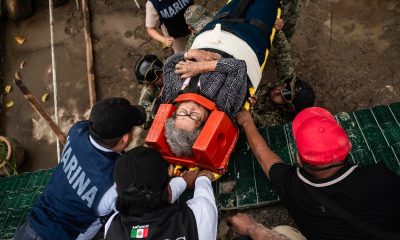
 International4 days ago
International4 days agoHeavy rains leave dozens dead in Hidalgo, Puebla, and Veracruz
-
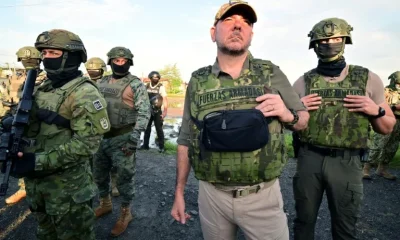
 International2 days ago
International2 days agoArmed forces target illegal mines in Northern Ecuador with bombing raids
-
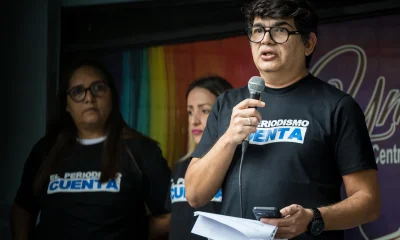
 International2 days ago
International2 days agoVenezuelan media faces fresh restrictions after reporting on opposition leader’s Nobel win
-
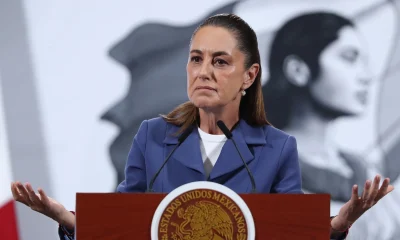
 International1 day ago
International1 day agoMexican government prioritizes 191 communities after deadly floods
-

 International2 days ago
International2 days agoCaracas shuts embassy in Oslo without explanation following Machado’s Nobel win
-
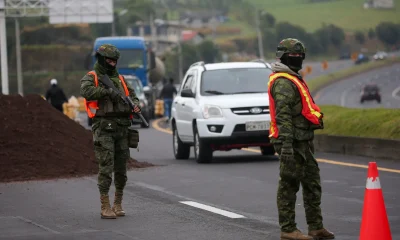
 International1 day ago
International1 day agoNew road and bridge explosions raise alarm amid indigenous protests in Ecuador
-
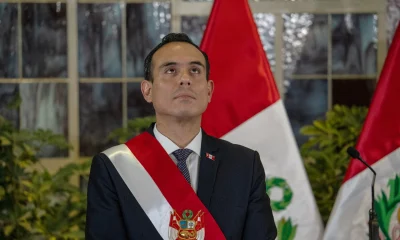
 International2 hours ago
International2 hours agoPeru’s interim president José Jerí refuses to resign after protester’s death in Lima
-
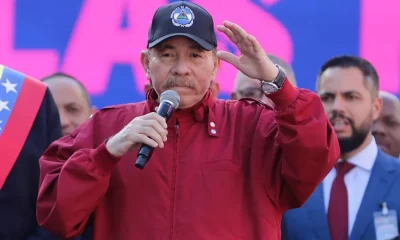
 Central America2 hours ago
Central America2 hours agoNicaragua grants 2,500-hectare mining concession to chinese firm in protected region
-
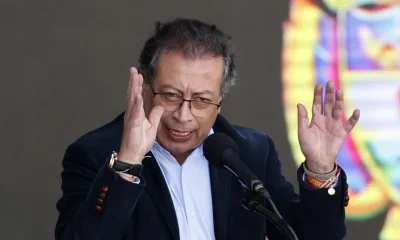
 International2 hours ago
International2 hours agoPetro expresses concern over fatal shooting during mass protests in Lima
-
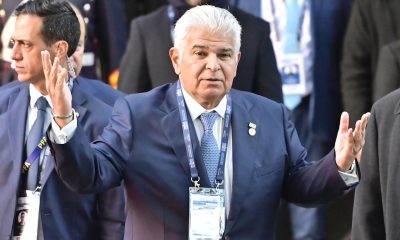
 Central America2 hours ago
Central America2 hours agoPanama’s president accuses U.S. Embassy official of visa threats amid China tensions


























